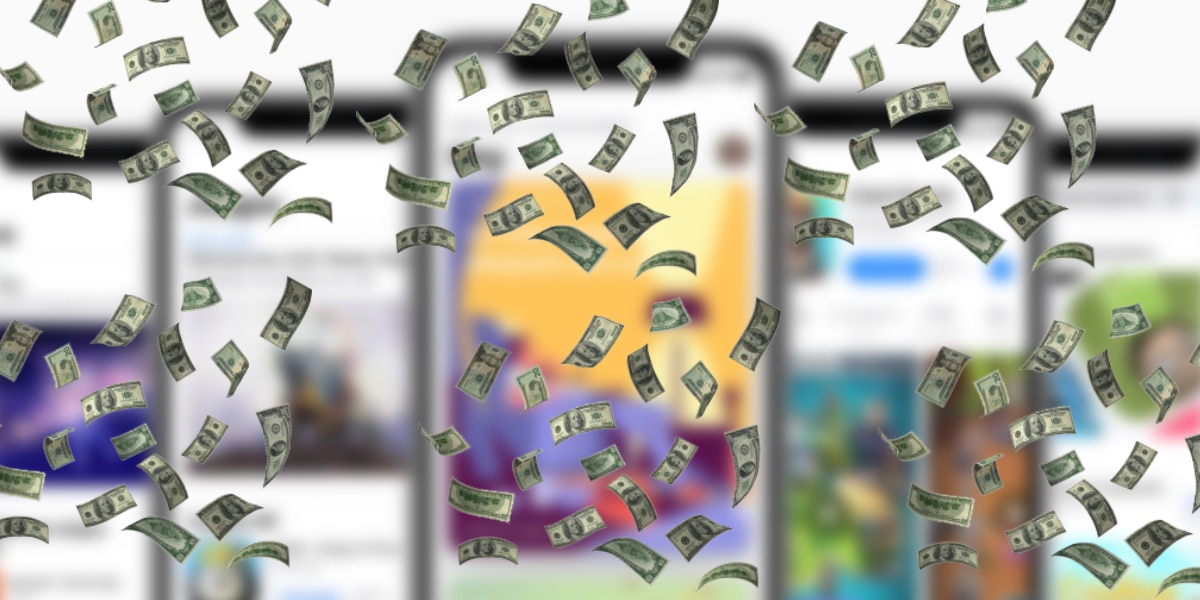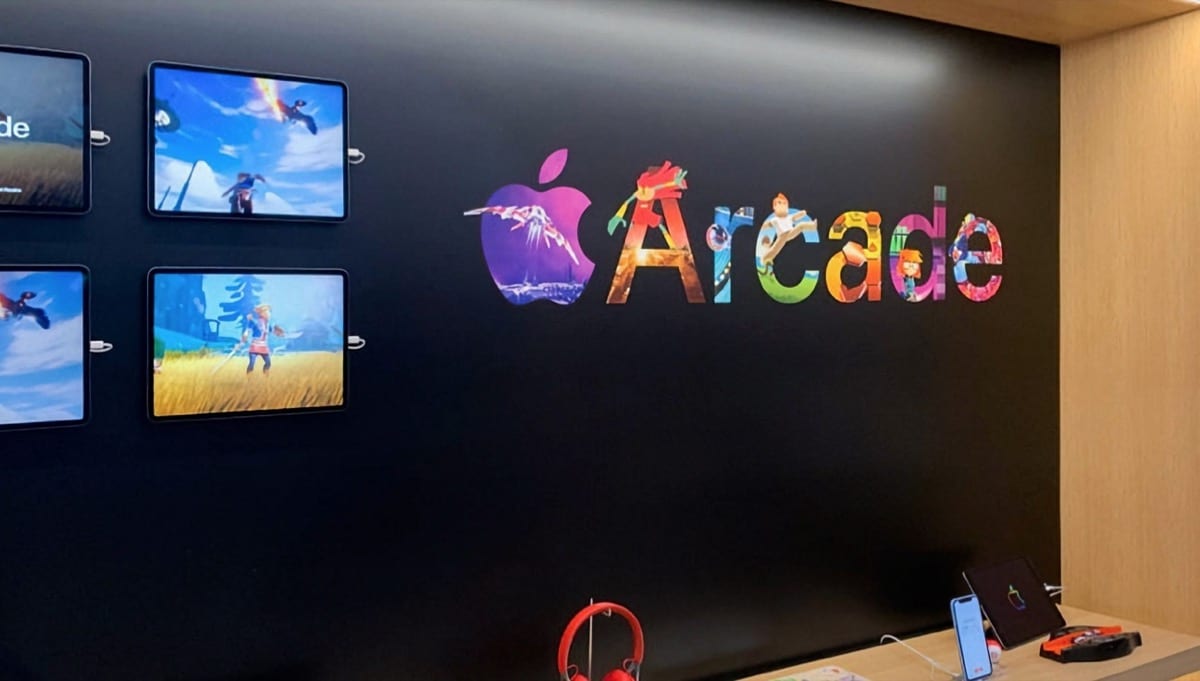
Netflix, HBO, Amazon Prime, Spotify, El Mundo, Office 365, Adobe Creative Cloud, Google Drive… they sound familiar, right? As you may have seen, all this is software or content under subscription, it is their common denominator, increasingly present in the software of all types of content, whatever it is. I hardly remember the times when we paid for a software product and obtained it in full, hopefully we received a few years of updates and then we decided whether to move to the new version, or not ... However, we already have calendars, photo editors , mail managers ... Absolutely a whole cast of subscriptions that deceive our mind but pierce our bank account every month. No, subscription payment applications are not the future, that bubble is about to explode and I will tell you why.
Where is the subscription limit?
The first thing we are going to try is to avoid giving specific names of specific applications, the intention is not to damage the sensitivity of any specific developer, and we do not want to offend absolutely anyone in this age of fine skin like the best of porcelains, each reader will reach their conclusions, we have come to reflect.

How do we get to this point? That is one of the biggest doubts I have. The iOS App Store was in its time an allergen for Android users, constantly seeing a price next to the information of a specific application generated a certain rejection, do not forget that a certain popular messaging application cost no less than € 0,89 (free for Android and Symbian, for example). One of the joys of the iOS user was paying a relatively small price for a series of software that was receiving constant updates and drastically eliminating advertising, a clearly imported model of the PC and its software policy, but this was finished.
Video games led the way
We started with video games. Putting three of the same color together and moving forward destroying blocks was a simple system that those of us of an age have been playing for years since the first GameBoy. However, they have managed to sell us that the games are free now, free enough to attract you, want to play, and slam the door with a notice in the form of micropayment. This micropayment to which we refer is essentially a subscription, and I will explain it below.

Now you do not pay for a video game, the physical or digital property of that software, but you pay for the time that the developer will allow you to play it, is a constant. This is due to the fact that few users are willing to pay 10 euros at a stroke for a game for iOS in its full version and without ads, but for some reason that I do not know (I imagine that these companies will have it more than studied) we are willing to pay € 0,99 for gems, coins or tokens on duty that will allow us to play for "X" time. So much so that they even offer you (upon payment of course) the possibility of advancing levels, completely distorting the essence of the video game. Do not worry, over time you will not have spent 10 euros, you will have spent much more, even if it seems less painful.
Streaming providers as an example
One day Netflix arrived to "reinvent" audiovisual content, although all it really did was take a method that already existed (the monthly payment for satellite television) but offering you a content more focused on what you want: Series and movies… Why pay for series, newscasts or programs that I cannot see? I better choose Netflix, which gives me what I like.

It makes sense, they are providers of constant content that costs millions of dollars to produce both at the creation and infrastructure levels to get it to your home in decent conditions. The same thing happens with Spotify, they charge you a specific amount of money because they have retryed the music, they act as a bridge between you and the artists, and taking into account the prices that the record industry manages, With what it costs Spotify per year, it is not that you could buy more than 30 or 40 songs in the same period, so far fine ...
The day we lost the north
I have seen many great applications born and perish with a common denominator: They went to the subscription model. We are talking about certain applications such as plain text editors that cost around 4 euros per month. Calendars, email managers, all are adding to a subscription mechanism that has made users rethink whether they really need it. The reality is that many of these applications once had relatively high prices, but that they were concentrated in a single payment. The current subscription prices are not radically lower than the one-time prices, with one caveat, they are constantly renewed.

Thus, nor you are paying for an application, without the right to use it for a certain amount of time. In fact, you run the risk of losing all your information and even work mechanisms for not paying it, remember, the application is not yours, you are paying to use it.
Can you imagine that when you bought the car they told you that to use the radio, the speedometer, the ashtray or the windshield wipers, you would have to make a series of monthly payments? That is what happens now, we find a tool that costs around 1.000 euros and whose functionality is beginning to be subjected to financial slavery that far from satisfying the user's needs, is dynamiting its maintenance. Users are beginning to realize that on the 1st of each month, as soon as you have a few services and applications active, you are leaving hundreds of euros for things that you probably used to do without paying monthly, reminding you that the day you cannot pay them, you will have absolutely nothing, you are renting your own mobile phone. The bubble of subscriptions in the applications will end up exploding, it is a matter of time before the model concentrates on three basic pillars:
- Free apps (with ads).
- Freemium applications (free but with unlockable tools for payment).
- One-time payment applications.